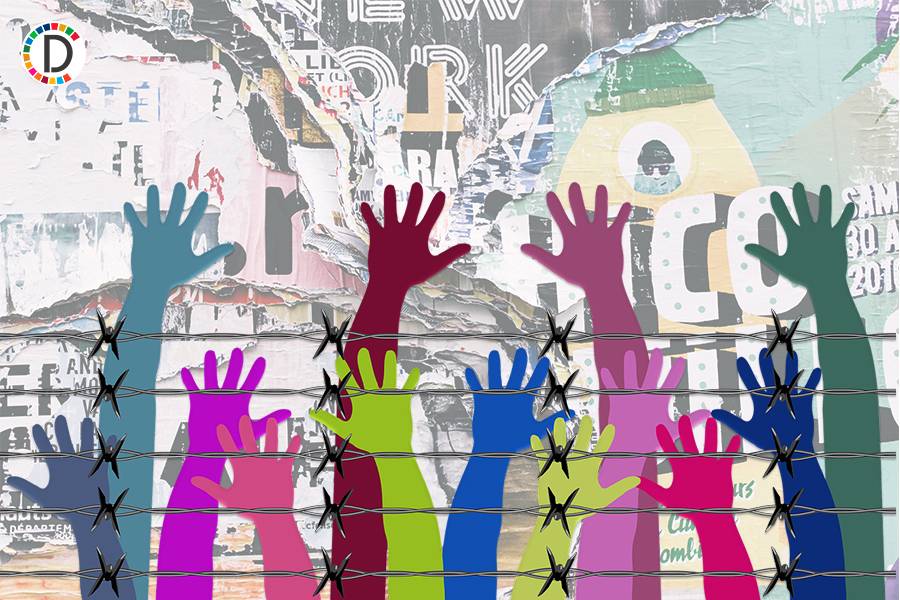BLM Plaza: A Witness to America's Swinging Political Pendulum
Black Lives Matter Plaza in D.C. became a significant site for protests after George Floyd’s death in 2020, symbolizing opposition to police brutality. Created by Mayor Bowser, it faced local activist criticism. Recently, Bowser announced the removal of its iconic markings, reflecting shifting political dynamics.

- Country:
- United States
Black Lives Matter Plaza, once a regular Washington D.C. intersection, surged to prominence in the summer of 2020. It became a hub for protests following George Floyd's death, spotlighting ongoing issues of police brutality and racial disparity.
The site attracted thousands; streets filled with demonstrators and support infrastructure. While many protests were peaceful, the area saw bouts of violence, with protesters and police clashing. D.C. Mayor Muriel Bowser officially designated the space, painting the phrase 'Black Lives Matter' on 16th Street, solidifying it as an epicenter for activism.
However, Bowser's actions received mixed responses from local activists. They saw it as symbolic co-opting rather than genuine change. Recently, Bowser announced plans to remove these iconic symbols, highlighting ongoing political shifts and tensions with Republican leadership.
(With inputs from agencies.)
ALSO READ
Ruud Gullit Champions Athlete Activism and Calls for Change
Bolsonaro Criticizes Court Ruling on Le Pen, Calls It 'Left-Wing Judicial Activism'
Judicial Activism Sparks Controversy: Bolsonaro and Le Pen Speak Out
Activism and Deportation: A Student's Journey from Campus to Exile
Cory Booker Champions People-Powered Activism in NJ Town Hall










